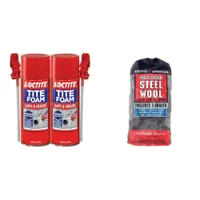How much does it cost to insulate an attic? Our experts explain
There are several situational and practical factors that will impact the average cost of insulating an attic – here's what to consider to determine its cost


Having a good idea of the cost of insulating your attic before embarking on the project can make it easier for you to budget effectively and make informed financial decisions. This can also help you to determine whether the upfront expense is balanced out by the potential for lowered heating costs and increased home comfort, which is great if you have an attic bedroom or other type of living area.
Proper attic insulation is a great eco-home improvement that can lead to significant savings on energy bills, making it a wise investment in the long run. While insulating your attic requires an initial investment, the long-term benefits of energy savings and comfort enhancement are substantial.
Below, are the average costs of insulating an attic. The actual cost of your attic insulation project may differ depending on your specific circumstances, your contractors, and the materials you use.
The cost of insulating an attic
Consulting with an insulation contractor or a professional roofer can provide a more specific estimate and ensure the job is done correctly and safely to ensure longevity. This will also help you to compare prices.
Average costs

'Prices per square foot typically range from $1 to $7. If less insulation is required, expenses might be near $500, but for comprehensive jobs like removing old insulation, costs can go beyond $4,000,' says Mohammad Ahmed, home expert and founder of The Home Guidance.
The typical project costs around $1,500 to $3,500, with an average cost of $2,500.
Cost depending on attic size
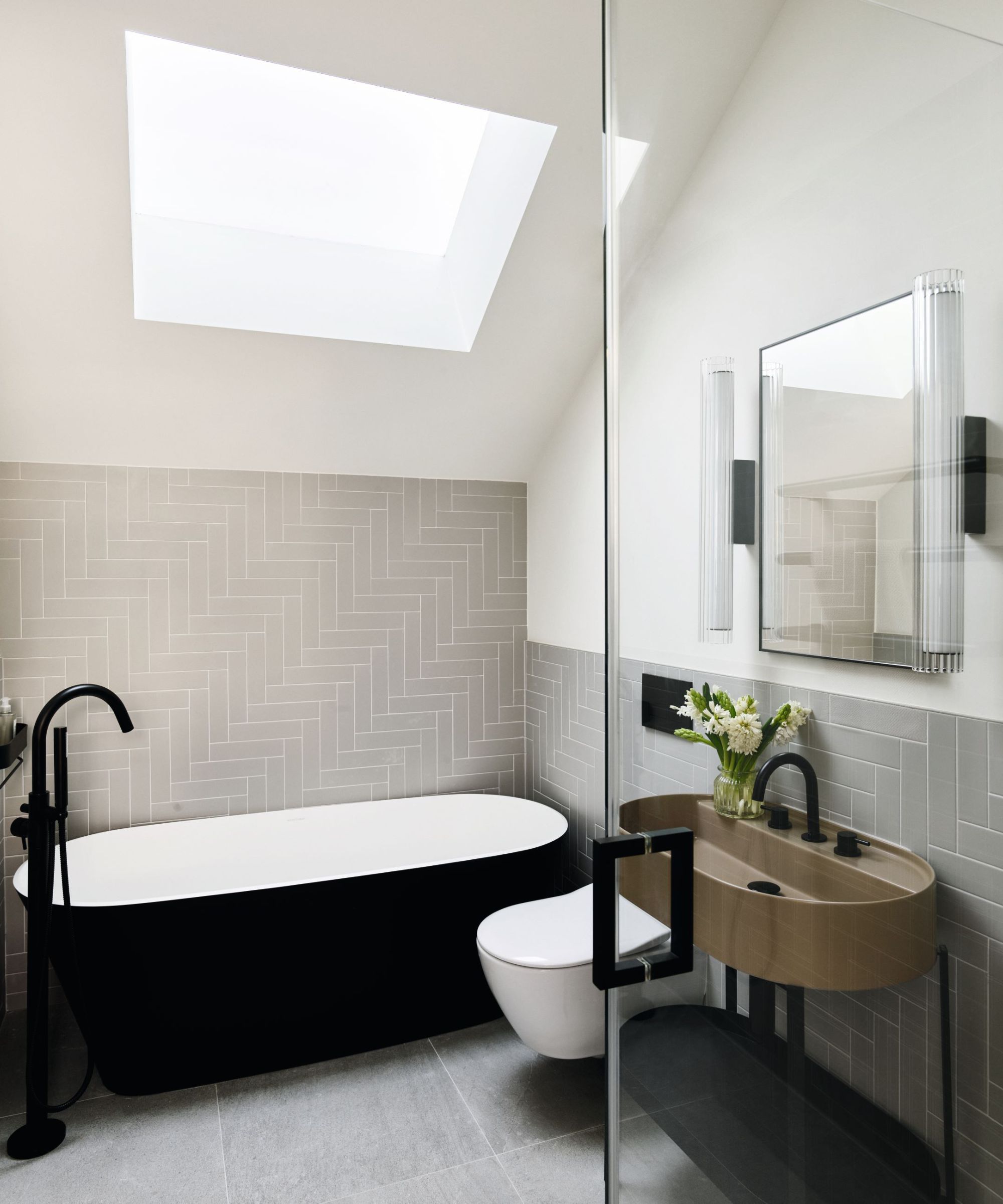
Chris Stevenson, at 730 South Exteriors explains the cost of insulating an attic depending on its size:
Design expertise in your inbox – from inspiring decorating ideas and beautiful celebrity homes to practical gardening advice and shopping round-ups.
'Small attic (500 sq ft): $500 - $1,500
'Medium attic (1,000 sq ft): $1,000 - $3,000
'Large attic (1,500 sq ft): $2,000 - $4,500'
Cost breakdown by insulation type

'Common materials include fiberglass batts, cellulose, and spray foam,' explains Josh Mitchell, owner of Air Conditioner Lab. 'Fiberglass is generally the most affordable, while spray foam tends to be on the higher end of the price spectrum.
'Fiberglass batts are usually the most budget-friendly, costing around $0.50 to $1.50 per square foot. They're effective but may not provide as tight a seal as other types.
'Blown-in cellulose averages between $1.20 and $1.50 per square foot. It's great for filling in nooks and crannies and has good thermal properties.
'Spray foam insulation is the most expensive option, but it provides excellent air sealing and insulation. Costs can range from $1.50 to $4.00 per square foot.'
Rock wool panels cost approximately $0.30 to $2.40 per square foot.
Insulated panels typically cost $4 to $7 per square foot.
Loctite Spray Foam Sealant | $23.81 at Amazon
Sprayman Expanding Spray Foam Insulation Application Gun | $29.90 at Amazon
Cost of professional insulation
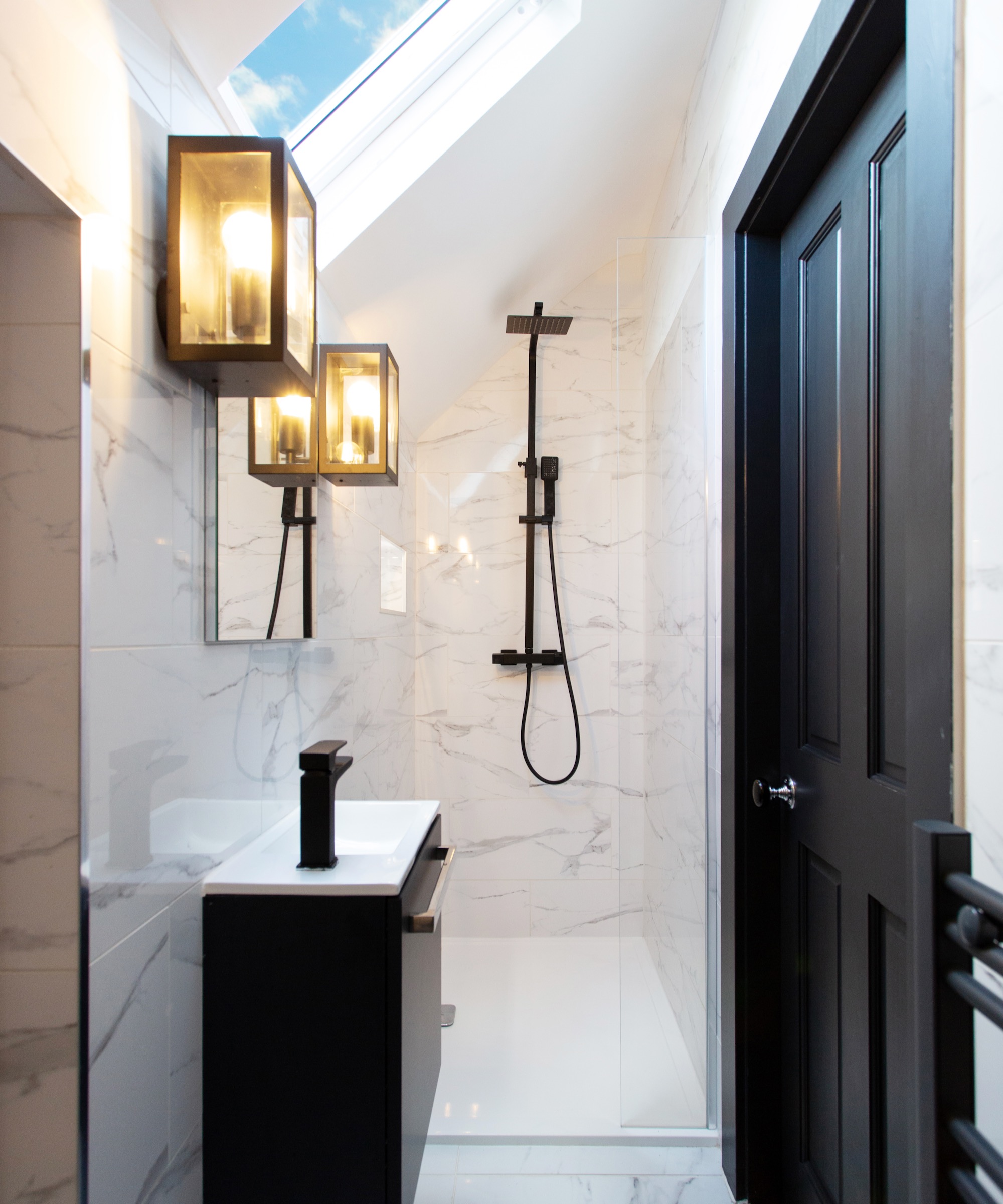
'The cost of labor will depend on the complexity of the job and the local rates of contractors,' says Chris Stevenson.
'Professional installation ensures proper fitting and maximum efficiency, but it can add 50% to 70% more to your total bill,' explains Josh Mitchell.
Labor costs average around $70 per hour. If your attic already has some insulation, you may need to remove it before installing new insulation which will add to the cost.
Additional cost factors
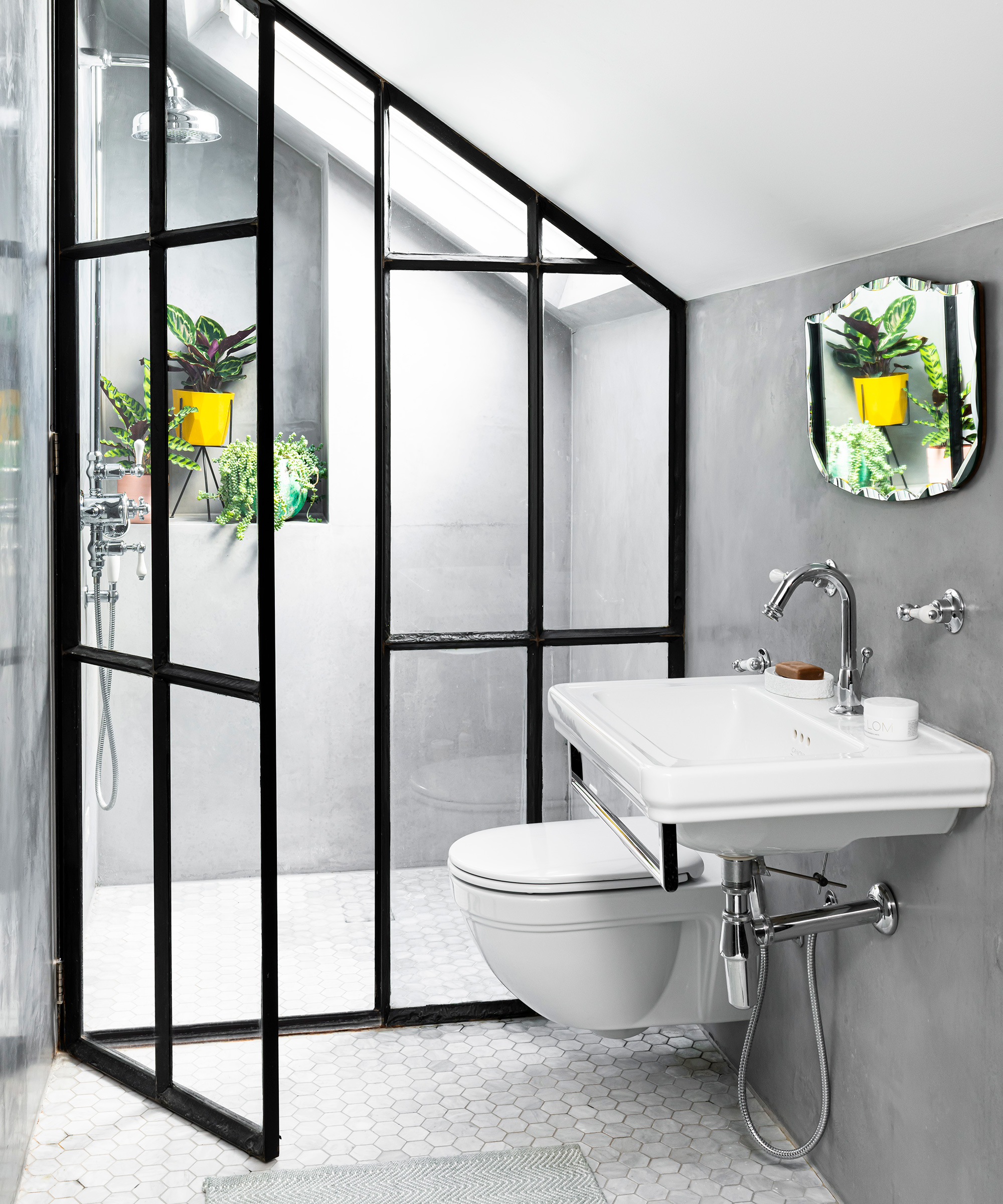
'Preparation work: If your attic needs repair work or air sealing before insulating, this will increase the project cost,' says Josh Mitchell.
'R-value: The insulation's R-value (its resistance to heat flow) also affects cost. Higher R-value materials are more expensive but offer better insulation.'
'The thickness of the insulation and its R-value (a measure of thermal resistance) is an important consideration. The required R-value varies depending on your geographic location and climate zone,' explains Yama Jason, interior designer and founder of Parlun Building. 'The Department of Energy recommends R-values based on regional climate, which can guide you in determining the type and amount of insulation you need.
'Different R-values for the same material can have different price differences, and you need to incorporate your own actual needs.'
Fiberglass batts have a lower R-value (thermal resistance) than other options, meaning you'd need thicker batts to achieve the same level of insulation.
Rockwool batts have a higher R-value, meaning you'll need less material for the same insulating power, saving space and potentially cost.
Expanding spray foam fills every nook and cranny, eliminating air leaks and providing superior R-value.
'Location: Costs can vary depending on where you live,' continues Josh Mitchell. 'Labor and materials may be more expensive in some regions.'
Additional considerations
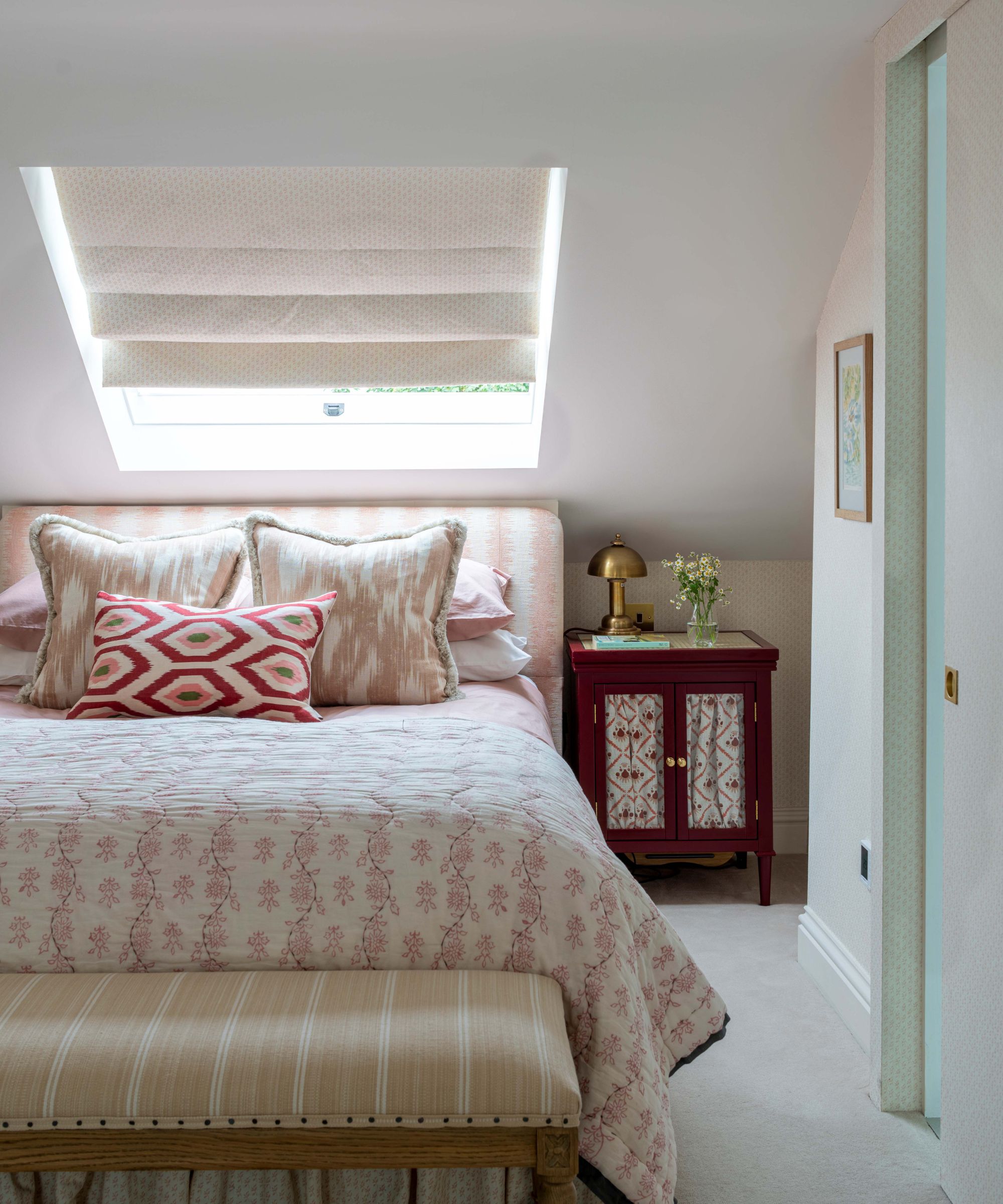
'Proper attic ventilation is crucial to prevent moisture buildup and subsequent roof damage,' advises Chris Stevenson. 'Ensure your attic has adequate ventilation before and after adding insulation.
'Check with your local building department to ensure your insulation project complies with all applicable codes and regulations.
'Always follow safety precautions when working in your attic, including wearing protective clothing and avoiding electrical hazards.'
FAQs
How can you save money when insulating an attic?
'Focus on areas with the greatest impact: To save money when insulating an attic, insulate areas with the most air leaks and heat loss first, such as the attic floor and around the attic hatch,' recommends Jordan Woolf, Huntsville Roofing Solutions.
'Compare quotes: Get quotes from several contractors before making a decision to ensure you're getting the best price.
'Consider government rebates: Some government programs offer rebates for energy-efficient home improvements, including attic insulation.
'Utilize existing insulation: If your attic already has some insulation, you may only need to add additional layers to reach the desired R-value, reducing material costs.
'Consider DIY: If you're handy and have the time, tackling the project yourself can save on labor costs. Ensure you choose the right type of insulation and install it correctly.'
'However, while DIY insulation can be cheaper, it requires time, effort, and potentially specialized tools,' says Chris Stevenson. 'Consider hiring a professional if you lack experience or confidence in tackling the project yourself.'
'Focus on attic access: Improving attic access before the project can reduce labor costs.
'Install insulation during colder months: Insulation contractors may offer off-season discounts.'
Some insulation materials are more environmentally friendly than others, so when choosing your insulation, consider their impact on both the environment and home sustainability and opt for eco-friendly options.

Lola Houlton is a news writer for Homes & Gardens. She has been writing content for Future PLC for the past six years, in particular Homes & Gardens, Real Homes and GardeningEtc. She writes on a broad range of subjects, including practical household advice, recipe articles, and product reviews, working closely with experts in their fields to cover everything from heating to home organization through to house plants. Lola is a graduate, who completed her degree in Psychology at the University of Sussex. She has also spent some time working at the BBC.
